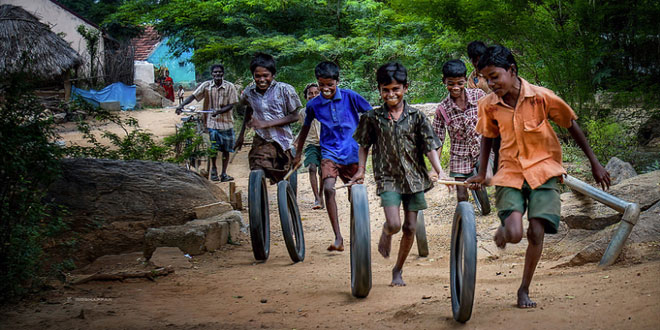Question: What is land use? List the factors which control the utilization of land.
Answer: Land is utilized by human beings for various purposes, for e.g. agriculture, settlement, mining, setting up of industries, etc. such utilization of land is known as Land Use.
Factors affecting the land use pattern of an area are:
- Physical Factors: Climate, Topography, Water availability, Soil, Minerals, etc.
- Human Factors: Population Density, Need & Desire of People, Development of Technology, etc.
- Economic Factors: Cost of living, Occupation, Financial conditions, etc
Question: What are soil horizons? Explain the various soil horizons present in a soil profile.
Answer: Vertical section of the soil from the surface to the Bed rock is known as Soil profile. The soil profile is horizontally divided into four different horizons or layers known as Soil Horizons (as shown in the diagram). Top Soil, Sub Soil, Weathered Rock and Bed Rock or Parent Rock.
- Top Soil: Horizon A is the topmost layer. It contains soluble minerals and organic material (humus) from decayed plants and animals. These are needed for the growth of plants. Leaching of soil is common in this layer.
- Horizon-B (Sub Soil): The layer below the topsoil in which sand, silt and clay are found is Horizon-B. It is also called the subsoil. This layer has more mineral content than horizon A but has very limited organic matter. Horizons A and B together form the true soil.
- Horizon-c (Rock Fragments): Horizon C has small pieces of rocks. The true soil develops from these rock materials. These rocks are not affected by biological processes.
- Horizon-D (Parent Rock): Horizon D has unbroken solid rock material lying below horizon C.
Question: Discuss the agricultural practices that can be adopted for soil conservation.
Answer: The existing agricultural practices should be changed by adopting the following measures:
- Rotation of crops: i.e. the cultivation of different crops on the same piece of land each year during different times.
- Strip cropping: or the cultivation of erosion-inducing crops in rotation and alternation with erosion-resisting crops.
- Terrace and contour-bundling: involves the construction of banks along the contours across the hill slopes.
- Contour ploughing: is the cultivation of land along the contours in order to check the flow of water, which otherwise can wash away the soil.
- Cover crops: are grown in order to cover the bare ground. Such crops are grown mostly in orchards and plantations where the gestation period of tree crops is long.
- Fallowing: or allowing the land to rest, so that the natural forces can replenish soil fertility.
 Class Notes NCERT Solutions for CBSE Students
Class Notes NCERT Solutions for CBSE Students


